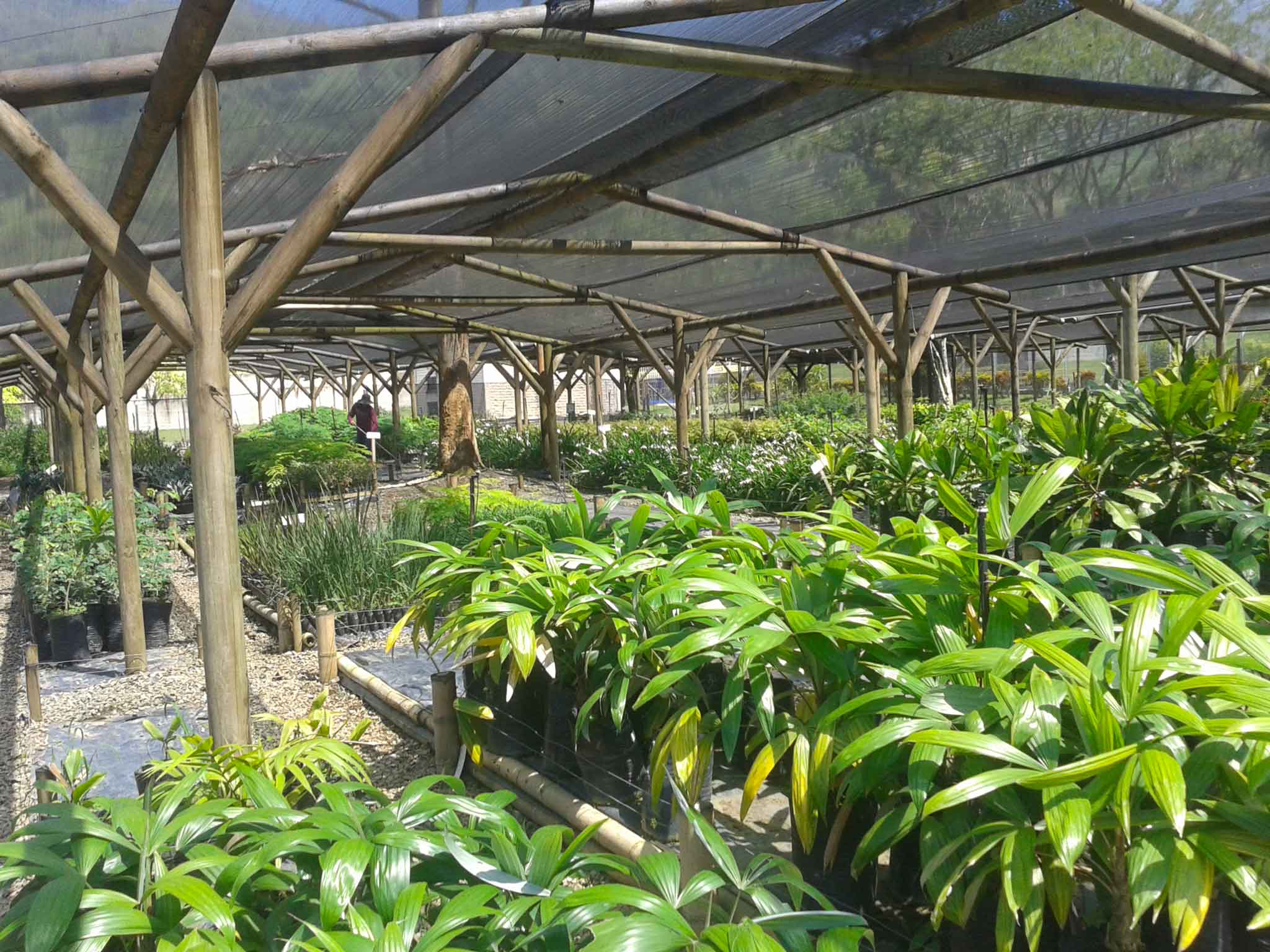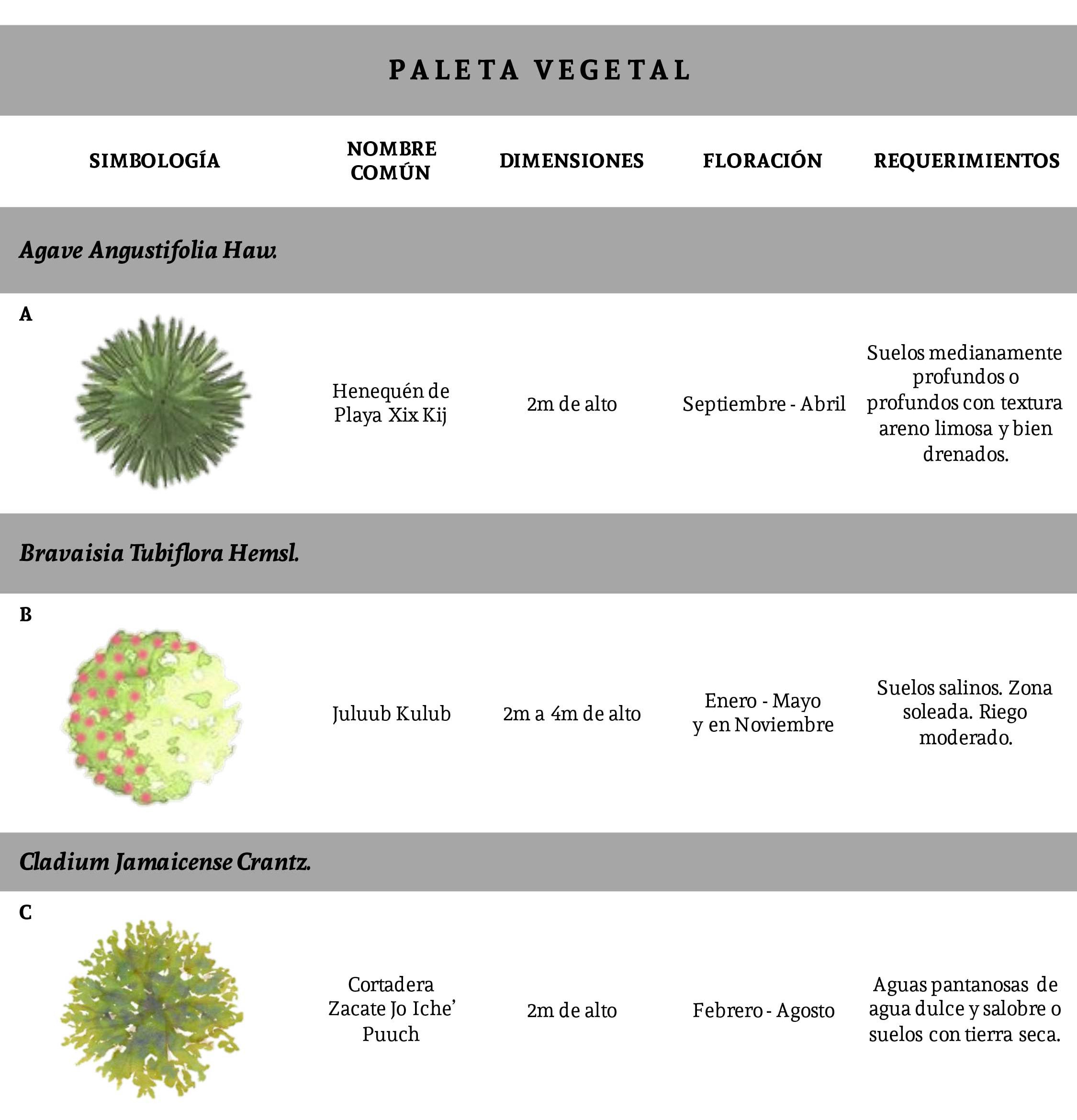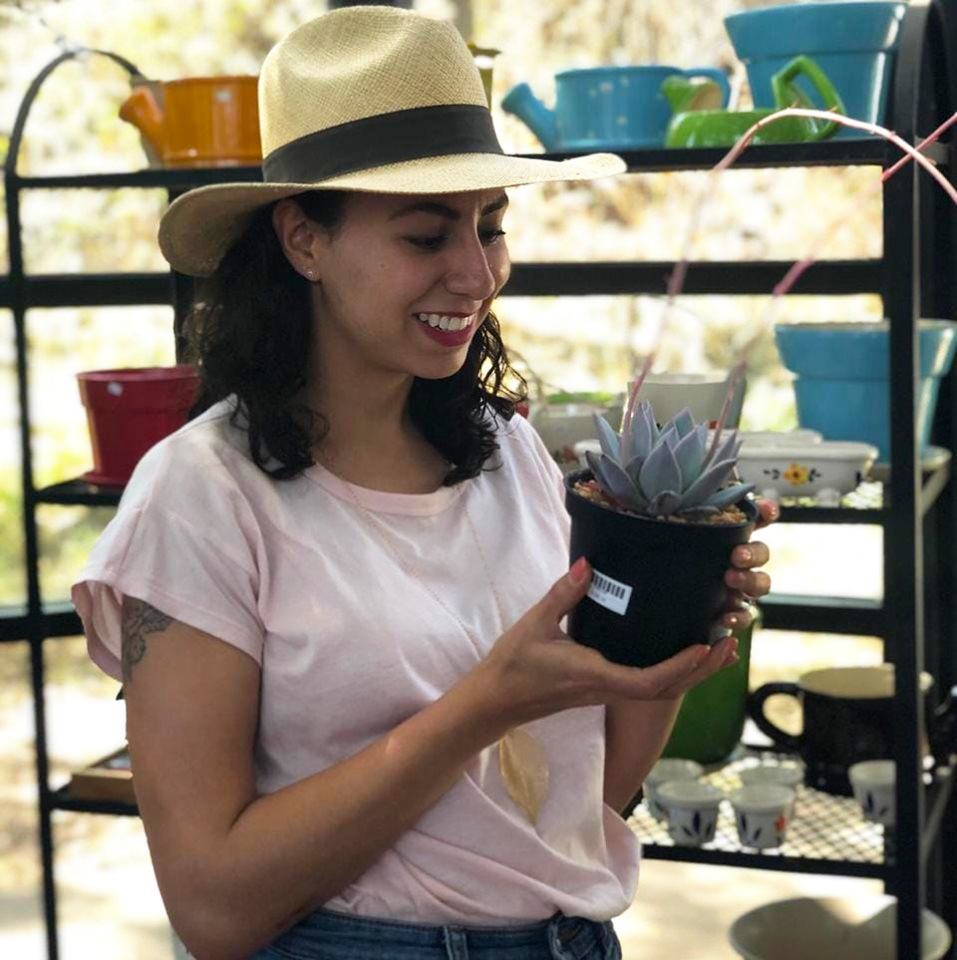The importance of the plant list in landscape design
The species lists that are chosen and incorporated into a landscape design is known as a plant list. This is valuable information since species selection is deeply linked to the success or failure of any project.
Knowing how to select the plant list is to design in pros- pect, is to have the opportunity for design sustainable spaces that do not require so much care and supplies, is to choose flora that provide identity to the site and refuge for wildlife, is to create spaces that invite users to enjoy it and live it in harmony.

Garden center Photography: Carla Bajonero
In order to choose the plant list, it is essential to consider environmental, aesthetic, and functional factors.
The primary and fundamental factor for the species selection is the environmental factor: climate, topography, sunshine, precipitation, type of soil, air currents and temperature, that will determine the kind of plants that can be plant. If you ignore this enviromental factors, it is very likely that plants will stress, spend energy and resources trying to adapt to the new environment.
Knowing the shape, the growth habit, the size of the plant when reaches maturity, the foliage and flowers colors, leaves permanence, when the plant will have flowers and fruits, this are some characteristics of the aesthetic factor which provide beauty to the design; The knowledge of these factors can give in each season, a unique scenery.

Diagram: Mónica Olivera S.
“Knowing the functinal criteria and the proper use of the species in a landscape project, will guarantee the project’s success in any of its phases: design, installation, adaptation, and maintenance.”
Finally, functional factors will determine the efficiency of the design. Some examples are the root type, the specificity in the type of soil, irrigation frequency, pruning needs, availability in the market, resistance to pollutants, susceptibility to pests and/or diseases, the contribution of ecological benefits and potential uses. If functional factors are not considered, they may be reflected in maintenance costs and even by removing dead individuals and replacing them.
If a vegetable palette is selected using its environmental benefits in favor, a sustainable design can be achieved, where one species gives nutrients to another, where specific flowers attract pollinators to guarantee the fruits of some edible tree or only by the spectacle of observing the birds nesting and reactivating the ecosystem.

Plant choice
Photography: María José Soulé








